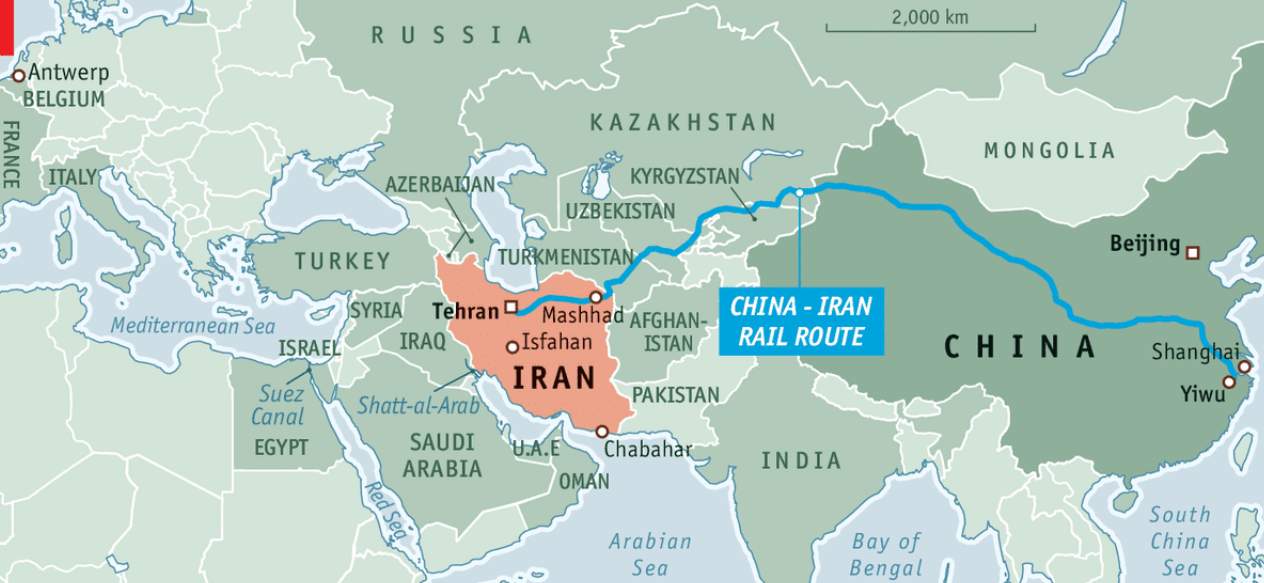The Middle Corridor of Eurasia: Strategic Connectivity and Regional Competition
Authors:
Mikhail A. Molchanov, Senior Consultant, GeoRisk Solutions & Senior Policy Analyst, Government of British Columbia
Fernando Lopez-Alves, CEO, GeoRisk Solutions & Director, Master in Global and International Studies, University of Salamanca.
Download Full Article:
Molchanov-Lopez-Alves-Middle Corridor of Eurasia - TRANSNATIONAL CONNECTIVITY AND REGIONAL CHALLENGES.pdf
Abstract:
This research explores the geopolitical and geoeconomic dynamics reshaping the Middle Corridor—officially the Trans-Caspian International Transport Route (TITR)—as a strategic alternative to the Northern Corridor in Eurasian trade. In the wake of Russia’s invasion of Ukraine and shifting global trade alignments, the Middle Corridor is emerging as a critical axis connecting China to Europe via Central Asia, the Caucasus, and Turkey.
Through an in-depth analysis of regional interests—from China’s Belt and Road Initiative and Iran-Turkey logistics to Russia’s fading security role and growing tensions in the South Caucasus—the paper highlights the Middle Corridor as a contested yet pivotal route. The authors examine how states leverage geography, transport infrastructure, and geopolitical influence to shape a new multipolar Eurasian order.

Ultimately, the research shows that while the Middle Corridor is central to China's diversification strategy, its development depends heavily on political stability, inter-regional cooperation, and the resolution of overlapping rivalries between Iran, Turkey, Russia, and others. The paper also offers policy insights on how emerging regional alignments could redefine global trade connectivity and power balances in the coming decade.
Keywords: Middle Corridor, Belt and Road Initiative, Eurasian connectivity, China-EU trade, Trans-Caspian Route, Turkey-Iran-Russia relations, Zangezur Corridor, geopolitical strategy
Download Full Article:
